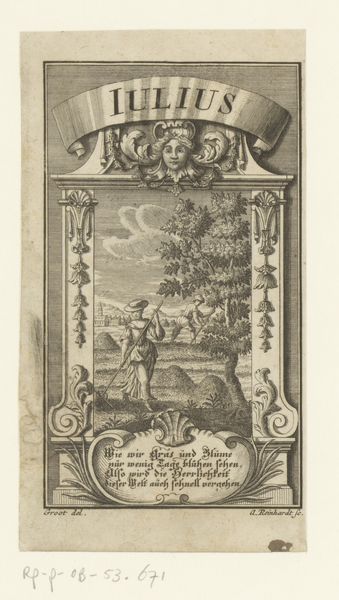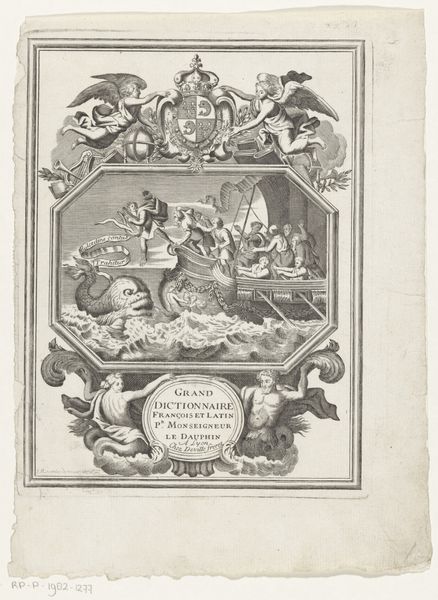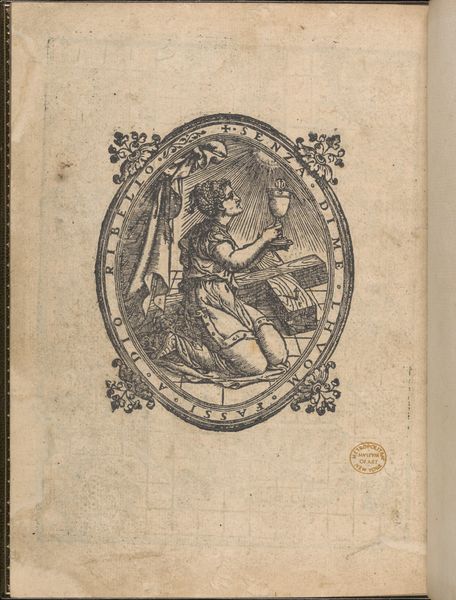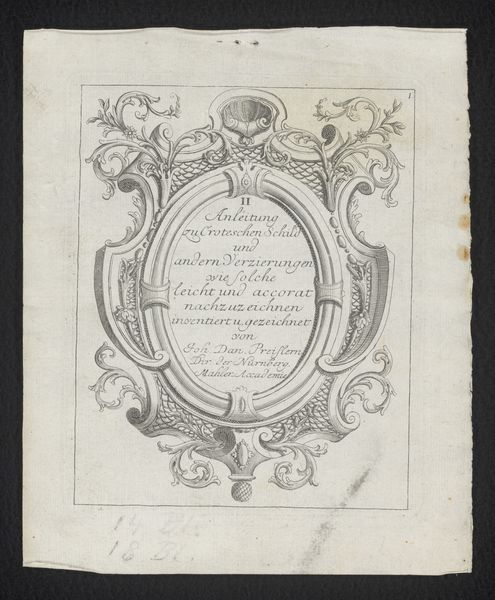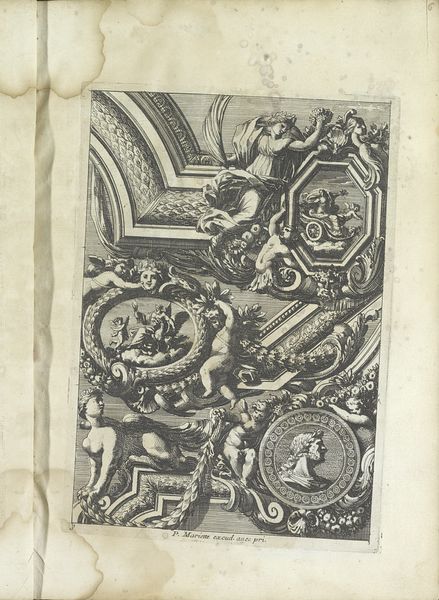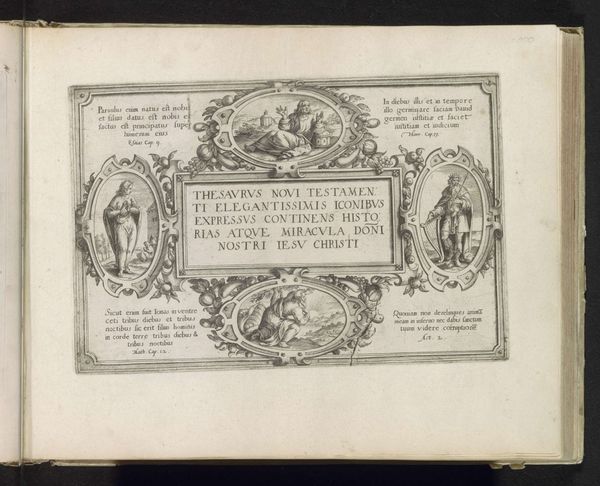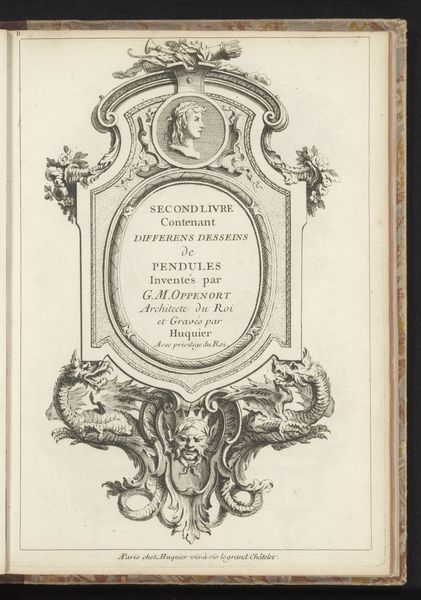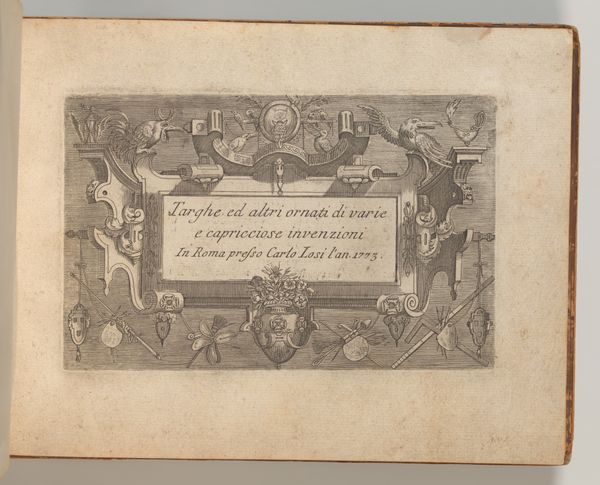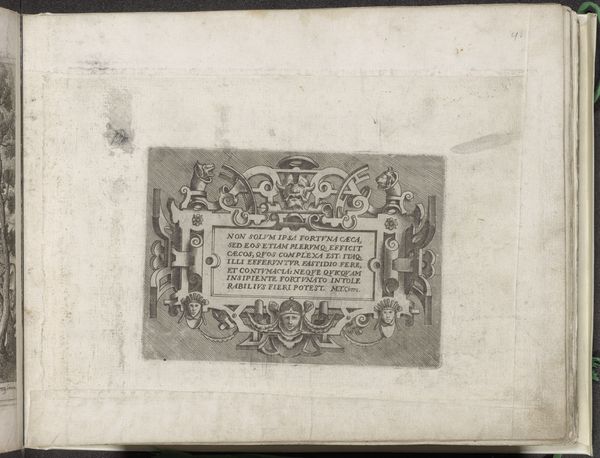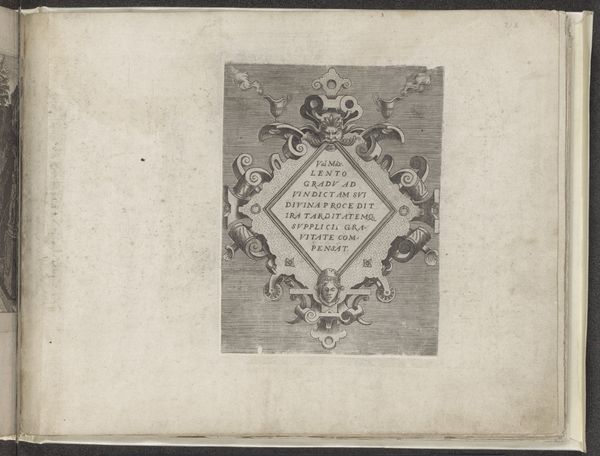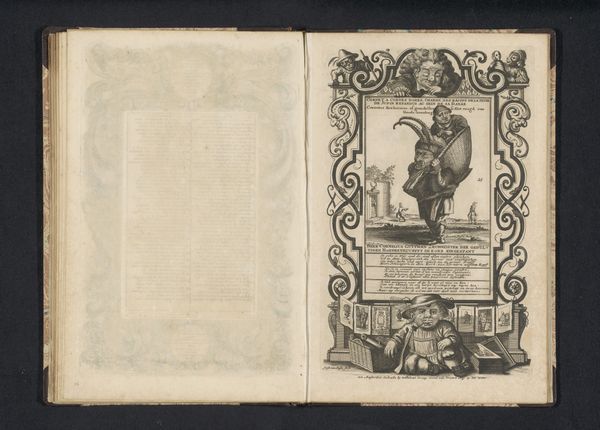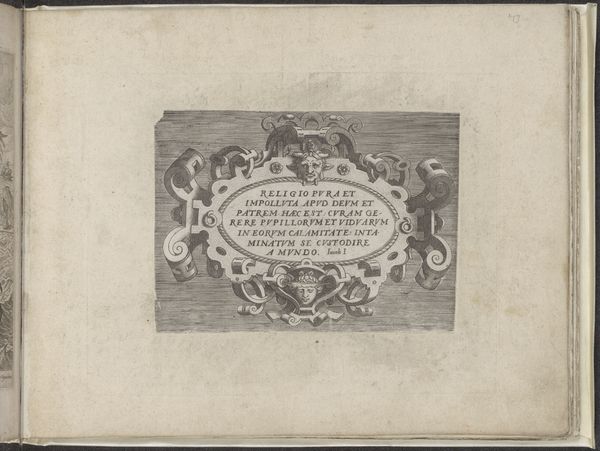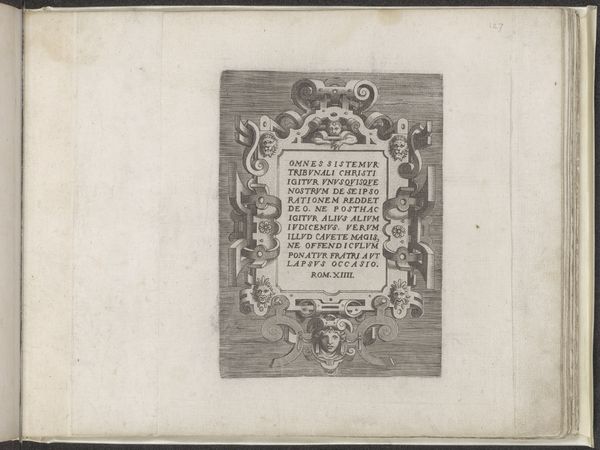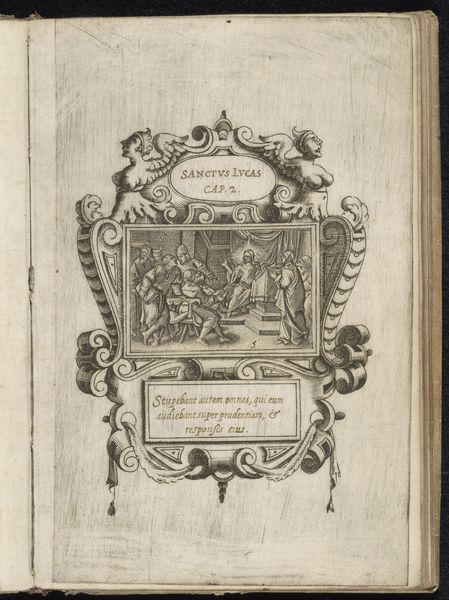
print, engraving
# print
#
landscape
#
cityscape
#
italian-renaissance
#
engraving
Dimensions: height 227 mm, width 176 mm
Copyright: Rijks Museum: Open Domain
Curator: This engraving from 1610, entitled "Titelprent met plattegrond van Venetië", presents us with a bird's-eye view of Venice, encompassed by an ornate, classically-inspired frame. The artist is anonymous, but the detail is extraordinary. Editor: It feels very much of its time, almost like a blueprint of the collective dreams and power held by this floating city, but rendered in miniature. Did cartography carry some specific ideological charge then? Curator: Absolutely. Printmaking, particularly engravings, served as a key technology for disseminating knowledge and power structures during the Renaissance. The depiction of Venice as a bounded, legible space reinforced Venetian control and its place in the world order. It allowed for a standardization and circulation of images. Consider also the use of the Latin lettering and ornate borders. Editor: All of those cherubs…They’re framing something real, but making it an ideal too. This almost isn’t about physical location, it's an assertion. Also, I love the contrast between the intricate architecture depicted and the slightly naively rendered boats and seas. Curator: That’s a crucial point. The emphasis here is not merely on depicting the geography of Venice, but on conveying the grandeur and symbolic importance through the accumulation of small, meticulous strokes etched in copperplate. Labor gives power to this work! Editor: Speaking of labor, imagine the work of carving those details into the printing plate. Do you think the printmaking process here shapes the artistic outcome significantly? Curator: Indubitably. The graphic nature of engraving allows for crisp detail and a high level of reproduction, furthering Venice’s reach. This contrasts greatly from handmade drawing and paintings that could have different degrees of quality and precision. Editor: Seeing all that fine work actually reminds me that this exists not in a vacuum but, potentially, as part of some volume. The image itself becomes an advert, perhaps a persuasive cartographic project. Curator: Precisely! The cityscape offered not only information but propaganda, framing perceptions and even shaping desires. This work of art functions as both artifact and marketing collateral. Editor: Knowing that completely reframes how I perceive it. Okay, thank you, that’s definitely given me plenty to consider regarding how images both reflect and participate in the dynamics of history!
Comments
No comments
Be the first to comment and join the conversation on the ultimate creative platform.
